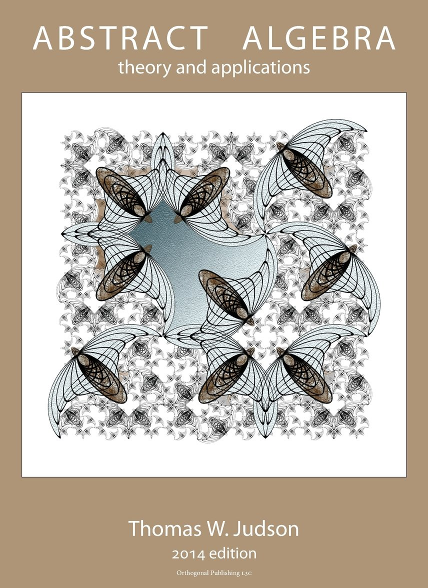Warm-up
1.4.2.
1.4.6.
Hint.
If \(x \in A \cup (B \cap C)\text{,}\) then either \(x \in A\) or \(x \in B \cap C\text{.}\) Thus, \(x \in A \cup B\) and \(A \cup C\text{.}\) Hence, \(x \in (A \cup B) \cap (A \cup C)\text{.}\) Therefore, \(A \cup (B \cap C) \subset (A \cup B) \cap (A \cup C)\text{.}\) Conversely, if \(x \in (A \cup B) \cap (A \cup C)\text{,}\) then \(x \in A \cup B\) and \(A \cup C\text{.}\) Thus, \(x \in A\) or \(x\) is in both \(B\) and \(C\text{.}\) So \(x \in A \cup (B \cap C)\) and therefore \((A \cup B) \cap (A \cup C) \subset A \cup (B \cap C)\text{.}\) Hence, \(A \cup (B \cap C) = (A \cup B) \cap (A \cup C)\text{.}\)

